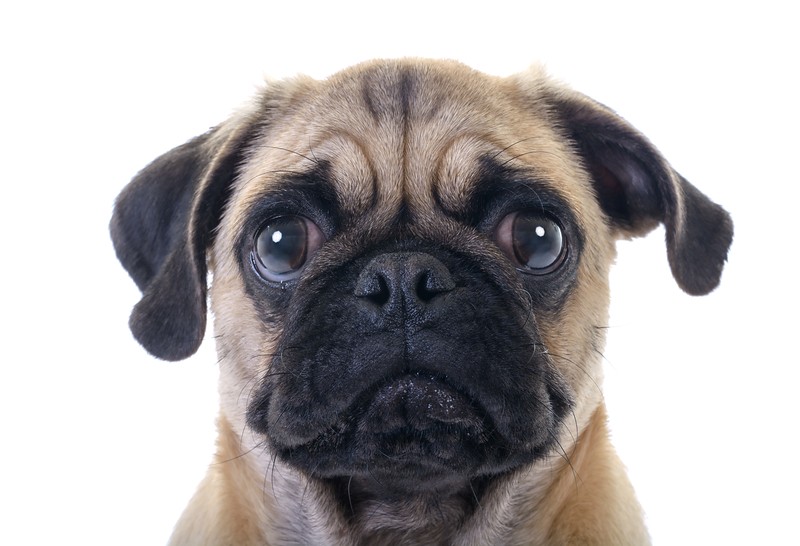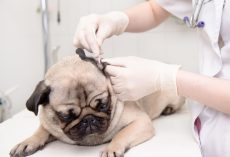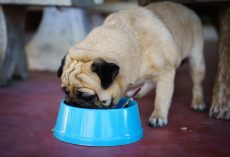If your pooch has tear stains, you'll be surprised to find out why it happens. Don't worry, there are several ways for your pup's eyes to get better! If you see that your doggy has tear stains, the tips below will hopefully provide you with some answers! If ever in doubt, it's best to contact your vet. Read below and check out why your pup's eyes may have stains.
Tear staining refers to reddish brown streaks that appear under your dog or cat’s eyes. It’s most common in dog breeds like the Maltese, Lhasa Apso and Shih Tzu, and will be much more noticeable on animals with light-colored fur.
Many owners fret over tear staining because they believe it to be unsightly, but it could be more than a purely aesthetic concern. Epiphora, or excessive tear production, is the most common cause of the discoloration.
Medical Reasons for Excess Tearing and Tear Stains
There are many conditions that may result in excess tearing. If your dog has protruding eyes and a flatter snout, check to be sure facial hair is not rubbing on her cornea, leading to irritation and tearing.Some Breeds Struggle With Normal Tear Drainage
Tear stains may also be the result of abnormal tear drainage, which is quite common in brachycephalic breeds (dogs and cats with “pushed in” faces).Eyelid problems are common with these breeds and due to their protruding eyes, they may have difficulty closing their eyes all the way. This can lead to drying and irritation, leading to excessive tearing as the body attempts to keep the corneas moist and well lubricated.
Instead of their tears being funneled into their tear ducts, they may instead spill out onto their faces, which means their eyes may be chronically runny. In some cases, your pet’s tear ducts may simply be blocked, and your veterinarian may be able to flush them out and solve the problem.
If your pet has a tear drainage problem that can be resolved with surgery, such as prolapsed third eyelid, I recommend you make sure the procedure is done correctly (the gland is replaced verses being removed).
Excessive Tearing Can Lead to Infection
Constant watery discharge from your pet’s eyes is likely uncomfortable for your pet and, due to the area staying constantly wet, may lead to infection. If an unpleasant odor is present, your pet may have developed a yeast infection (this is especially true if the stains are more brownish than reddish).Tips for Removing and Preventing Tear Stains
If the hair around your pet’s eyes is notably annoying to her, ask a groomer to shave the hair under the eyes and then apply a thin layer of coconut oil to the area. This may help to reduce irritation and inflammation.There are some herbal eye wash products available that may be useful for pets prone to tear stains.
By keeping your pet’s face clean, providing her with a healthy diet and addressing any injuries or structural or infectious factors in her excessive tearing, you can likely keep tear staining to a minimum.
See, removing and preventing tear stains is a lot easier than you think. Just make sure that your pooch doesn't have an infection that can lead to other more serious health issues!
For more information on dog tear stains, visit Healthy Pets.









